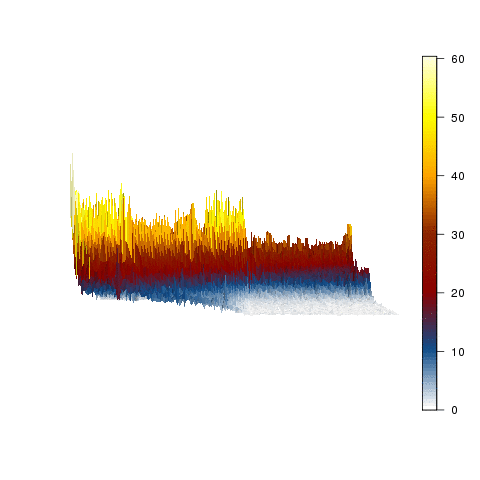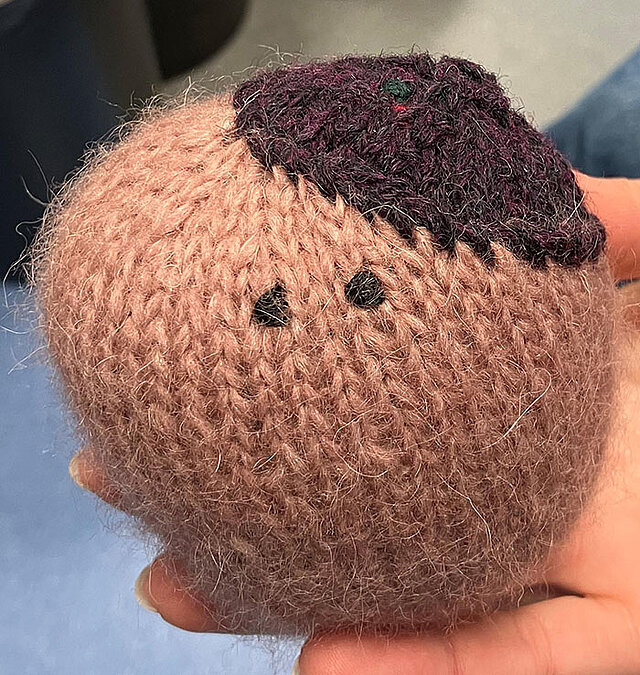
Spatial organisation of the genome
Spatial organisation of the genome
Each cell in the human body must compact two metres of DNA into a nucleus of about ten micrometres, the equivalent of fitting the Eiffel Tower inside a one cent coin. Somehow this is achieved in a way so that the required genes for each cell are accessible to the machinery for their activation. Our team combines genomics approaches (Hi-C and its variants), CRISPR-Cas9 genome editing and microscopy at high temporal resolution to dissect the organization of the genome in space and time, and to see how this is responsible for control of gene expression.
Twitter: @TomSexton_lab

Members
Researchers
PhD students
Engineers
Occasionnal collaborators
Former members
Yousra Ben Zouari (PhD) – went to postdoc at FMI, Basel.
Nezih Karasu (PhD) – went to postdoc at IGMM, Montpellier
Angeliki Platania (PhD)
Sanjay Chahar (postdoc) – went to postdoc at IGMM, Montpellier
Anne Molitor (postdoc) – went to senior engineer position at Institute of Molecular Immuno-Rheumatology, Strasbourg
Natalia Sikorska (Postdoc) – went to medical training
Gui Oliveira (Postdoc) – went to software engineer position with MathWorks
Dominique Kobi (engineer) – went to position with Machery-Nagel
Manon Maroquenne (engineer) – went to position in Osteoarticular Biology, Bioengineering and Bio-imaging lab, Paris
Audrey Mossler (engineer) – went to Imperial College, UK
Current projects
We are interested in all aspects of how 3D or 4D genome organization affects gene expression, but our current research can be split into two major axes:
- Genome-wide molecular biology approaches (e.g. Capture Hi-C) to characterize epigenomic changes accompanying developmental transitions and responses to chemotherapeutic drugs.
- Tagging specific genomic loci and tracking them in real time to see how chromatin mobility affects (and is affected by) transcription and DNA repair responses.

Our first attempt at modelling the stem cell nucleus.
Collaborations and networks
In IGBMC
- Nacho Molina
- Daniel Metzger
In Strasbourg
- Karine Merienne (Laboratory of Cognitive and Adaptive Neurosciences)
- Jean-Noel Freund/Claire Domon-Dell (Interface of Fundamental and Applied Research in Cancerology)
In France
- Kerstin Bystricky (Centre of Integrative Biology, Toulouse)
- Christophe Ginestier/Emmanuelle Charafe-Jauffret (Cancer Research Centre, Marseille)
- Mounia Lagha (Institute of Molecular Genetics, Montpellier)
- Reini Luco (Institut Curie, Paris)
- Salvatore Spicuglia (Theories and Approaches of Genomic Complexity, Marseille)
- Jean-Christophe Andrau (Institute of Molecular Genetics, Montpellier)
- Daniel Jost (Ecole Normale Superieur, Lyon)
International
- Jennifer Mitchell (University of Toronto, Canada)
- Tineke Lenstra (National Cancer Institute, Netherlands)
- Akis Papantonis (University of Goettingen, Germany)
- Evi Soutoglou (Genome Damage and Stability Centre, UK)
Funding and partners
ERC Starting Grant 2015-2021
ATIP-Avenir 2014-2017
ANR; INCa; USIAS
Awards and recognitions
Claude Paoletti Prize, 2015
Resources
Check out our Github tools :
- For Capture Hi-C analysis and browsing (ChiCMaxima) : github.com/yousra291987/ChiCMaxima
- For browsing 4C data (4See) : github.com/TomSexton00/4See
- For measuring diffusive properties from live imaging results (GPTool): github.com/guilmont/GP-Tool
Publications
-
2017
-
Article in a journal
Single-cell absolute contact probability detection reveals chromosomes are organized by multiple low-frequency yet specific interactions
- Diego Cattoni
- Andrés M Cardozo Gizzi
- Mariya Georgieva
- Marco Di Stefano
- Alessandro Valeri
- Delphine Chamousset
- Christophe Houbron
- Stephanie Déjardin
- Jean-Bernard Fiche
- Inma González
- Jia-Ming Chang
- Thomas Sexton
- Marc A Marti-Renom
- Frederic Bantignies
- Giacomo Cavalli
- Marcelo Nollmann
Nature Communications ; Volume: 8 ; Page: 1753
-
Article in a journal
Chromosome topology guides the Drosophila Dosage Compensation Complex for target gene activation
- Tamás Schauer
- Yad Ghavi-Helm
- Tom Sexton
- Christian Albig
- Catherine Regnard
- Giacomo Cavalli
- Eileen Em Furlong
- Peter Becker
EMBO Reports ; Volume: 18 ; Page: 1854-1868
-
Article in a journal
Detecting Spatial Chromatin Organization by Chromosome Conformation Capture II: Genome-Wide Profiling by Hi-C
- Matteo Viettri Rudan
- Suzana Hadjur
- Thomas Sexton
Methods in Molecular Biology ; Volume: 1589 ; Page: 47-74
-
Page 3 of 3
